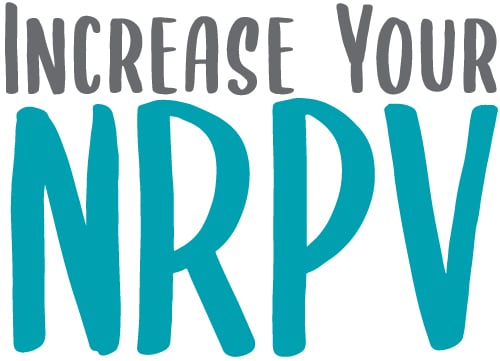Mirror visual feedback therapy’s efficacy just received another glowing endorsement. This time round from the prestigious Journal of Hand Surgery in a Continuing Medical Education article titled “Therapeutic Modalities.” [1] JHS reviews several clinical studies, all indicating that in addition to mirror-therapy’s success in treating phantom pain syndrome, positive outcomes can also occur in treating other upper extremity disorders, including chronic regional pain syndrome and pain associated with paralysis after stroke. The Journal concludes that in its experience “. . .we have been impressed with the results of mirror-therapy and frequently offer this modality to these pain groups [phantom limb pain, paralysis after stroke and complex regional pain].”
Mirror therapy was developed by V.S. Ramachandran, a Cognitive Neuroscientist and Director of the Center for Brain and Cognition at the University of California, San Diego. Since it was first developed in 1995, mirror visual feedback therapy (MVF) has been evaluated by many other researchers with test results chronicled in scientific and academic journals.(Altschuler, Flor, Knecht, Longo, McCabe, et al.)
Why MVF works is as confounding and interesting as the ailments it treats. In his initial experiments, Dr. Ramachandran theorized that mirror therapy reversed some of the sensory confusion occurring in amputees that he believed was caused when ‘orphaned’ axons from severed limbs migrated within the somatosensory cortex to nearby sensory areas (represented by Penfield’s sensory brain map)[2]. According to Ramachandran, “in this way, perception of the severed body part could be misrepresented by moving from one location to the next.” The brain’s apparent malleability led to the theory that if the brain could be fooled once, perhaps it could be fooled again, by the visual representation of an intact limb or healthy body part.
“Far from being wired up according to rigid, prenatal genetic blueprints, the brain’s wiring is highly malleable—and not just in infants and young children, but throughout every adult lifetime. As we have seen, even the basic “touch” map in the brain can be modified over relatively large distances, and a phantom can be “amputated” with a mirror. We can now say with confidence that the brain is an extraordinarily plastic biological system that is in a state of dynamic equilibrium with the external world. Even its basic connections are being constantly updated in response to changing sensory demands.”[3]
“Apart from its clinical importance, mirror visual feedback paves the way for a paradigm shift in the way we approach neurological disorders. Instead of resulting entirely from irreversible damage to specialized brain modules, some of them may arise from short-term functional shifts that are potentially reversible. If so, relatively simple therapies can be devised—of which mirror visual feedback is an example—to restore function.” [4]
[1] Tristan L. Hartzell, Roee Rubinstein, Mojca Herman, Therapeutic Modalities—An Updated Review for the Hand Surgeon, The Journal of Hand Surgery, Volume 37, Issue 3, March 2012, Pages 597-621, ISSN 0363-5023, 10.1016/j.jhsa.2011.12.042.(http://www.sciencedirect.com/science/article/pii/S0363502312000020)
[2] Norman Doidge, M.D., The Brain that Changes ITSELF: Stories of Personal Triumph from the Frontiers of Brain Science (New York: Penguin, 2007),49
[3] Ramachandran, V. S. (2011-01-17). The Tell-Tale Brain: A Neuroscientist’s Quest for What Makes Us Human (p. 37).









